Hydro Sparks New Hope
Eric Taylor, Aaron Hunt, Khreem Smith and Khalif Mitchell are four of the most famous linemen in British Columbia right now because of their notoriety with the BC Lions; winners of the 2011 Grey Cup.
They’re known throughout the province for their heroics on the gridiron, but there are thousands of other, and probably more important, linemen (or Transmission Line Technicians (TLCs), as they preferred to be called) in the province that are not known for what they do and will never make the headlines or be on national television.
They’re the men and women who work for BC Hydro and who will soon be performing equally heroic, and dangerous, tasks as they embark on the construction of the $404-million Northwest Transmission Line from Terrace to Bob Quinn Lake, a distance of about 335 km.
And, unlike the football players mentioned above, the hydro linemen won’t be working on a manicured playing field where the footing is smooth and rut free. In fact, the crews that will be building the new 287kV line through some of the more rugged terrain the province has to offer.
But as already mentioned, building and maintaining high-voltage transmissions lines (see “The Transmission System” below) in remote places is what these crews do, and when the new line is completed in approximately two years, those remote places will eventually become less isolated thanks to the new line.
In fact, communities in the northwest are already gearing up to take advantage of the new transmission line and develop major projects and investment opportunities the electrical power will bring with it.
And, naturally, hydro electric power is a key factor from a mining perspective and the new line will also make the region more attractive for mining companies looking to invest in the exploration and development of the rich mineral deposits that are prevalent throughout the region.
As Canadian Mining Journal’s Field Editor Marilyn Scales reported late last year, Northwest BC is loaded with resources that may become new mines sooner rather than later as the infrastructure grows in the region.
In anticipation of this growth, communities in the area have already launched a new website, www.investnorthwestbc.ca, that offers details for investors on projects worth more than $15 billion, and some of those projects are listed below.
With projects of this magnitude, and enthusiasm already spreading throughout the region, the importance of the Northwest Transmission Line (NTL) continues to get clearer. BC Hydro is aware of this, and is planning the NTL route accordingly.
The planned route largely parallels the existing 138kV transmission line to Meziadin Junction, then parallels Hwy 37 to Bob Quinn Lake. Approximately 63 km north of Terrace, at the confluence of Sterling Creek and Big Cedar River, BC Hydro has determined that the best route will travel north through the Nass Valley to just south of the Cranberry River.
This will include a small route segment, about 1 km long, across the narrowest part of the Nisga’s Memorial Lava Bed Park. Hydro says only one structure will be built within the Park as part of a right-of-way agreement with the Nisga’s Nation, First Nations and private property owners.
The average NTL right-of-way width will be about 38 m and there will be a one-time clearing of trees that could potentially fall into the right-of-way and onto conductors or structures.
As with any project of this size, there has been a great deal of planning involved, and those who have taken part in the process over the years are confident the Northwest Transmission Line will provide many benefits, including reduction of greenhouse gas emissions by decreasing the reliance on diesel-generated electricity.
That, alone, is one of the greatest benefits to the communities in the region and as stated earlier, a reliable supply of clean electricity also works like a magnet to attract industry (e.g., mines). And that’s why B.C. Hydro is sparking new hope for growth through this project.
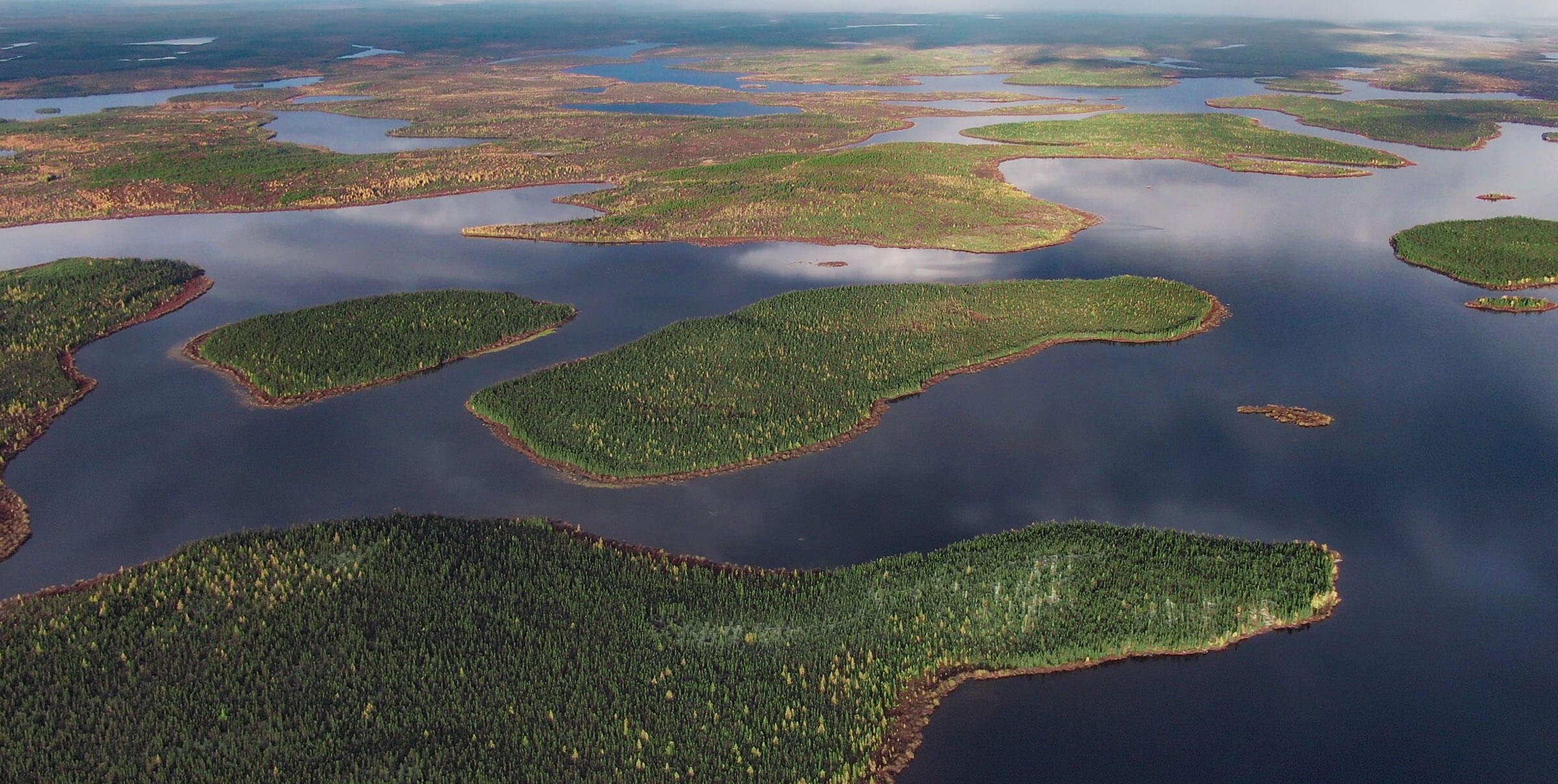
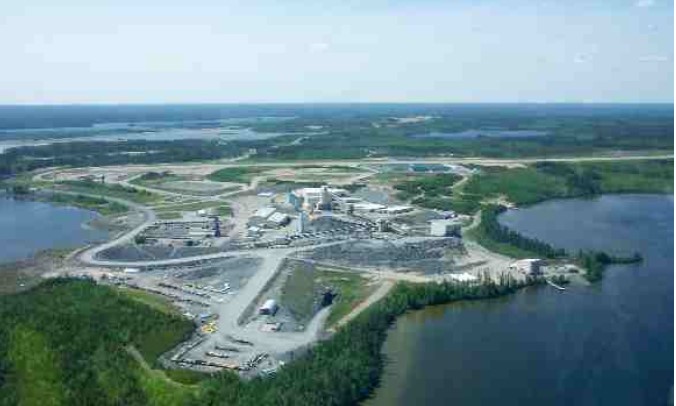
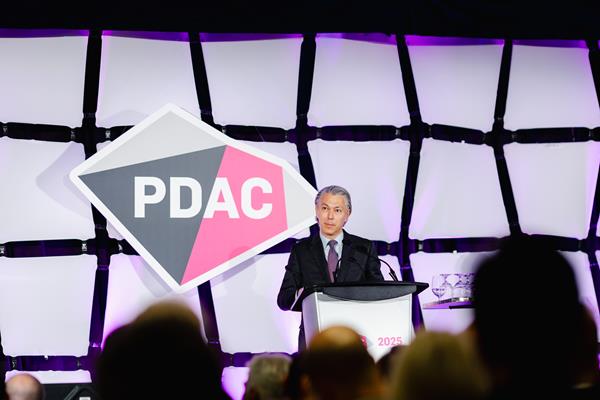
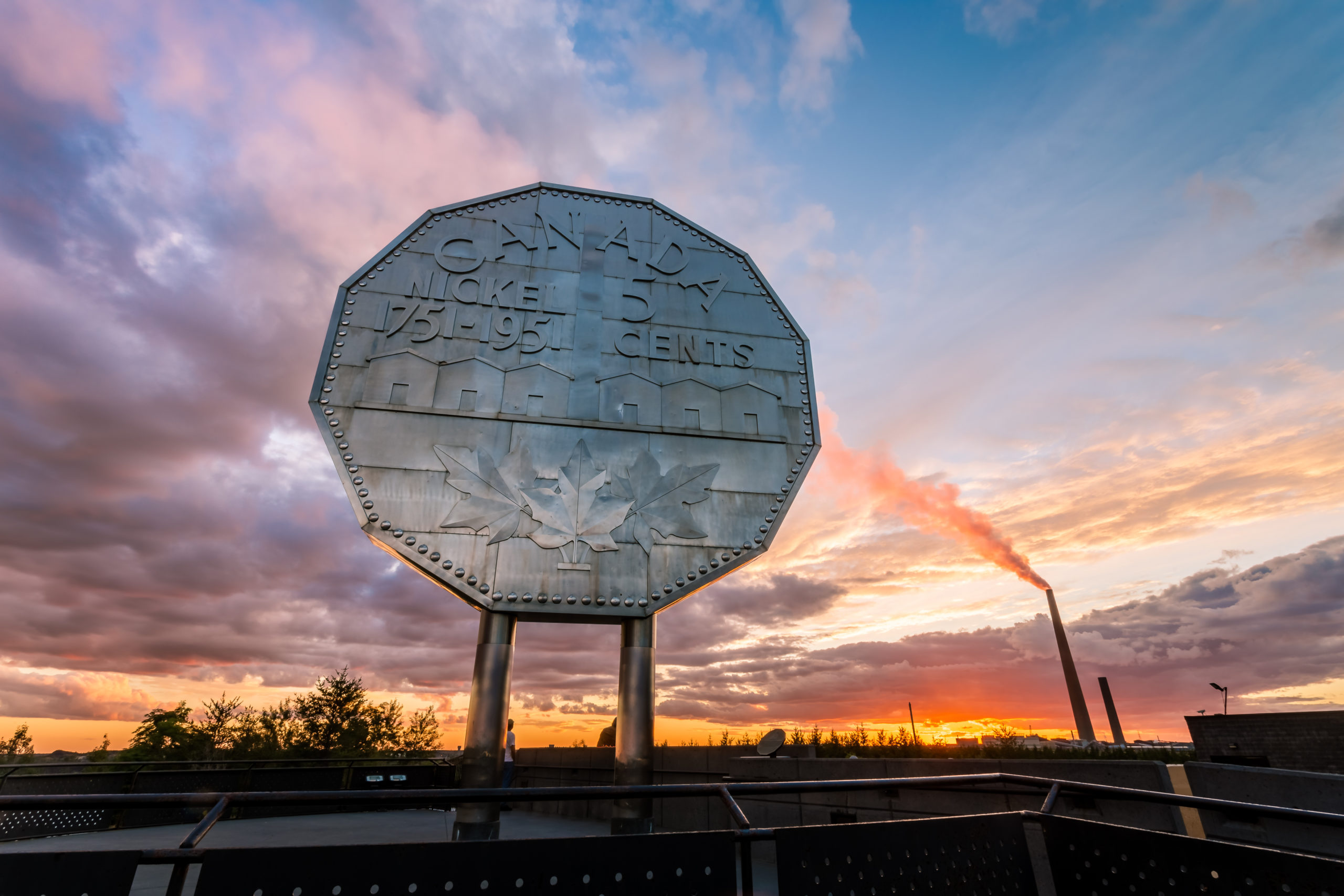
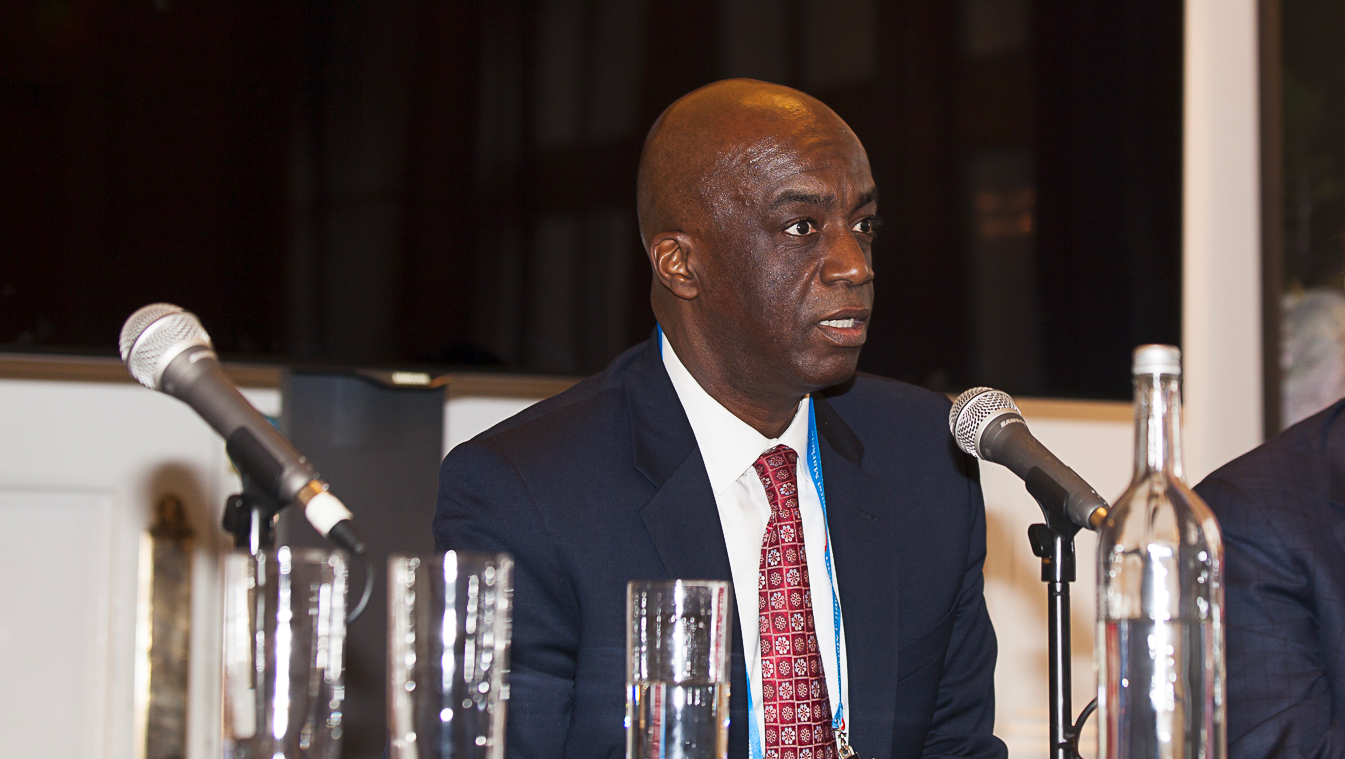
Comments